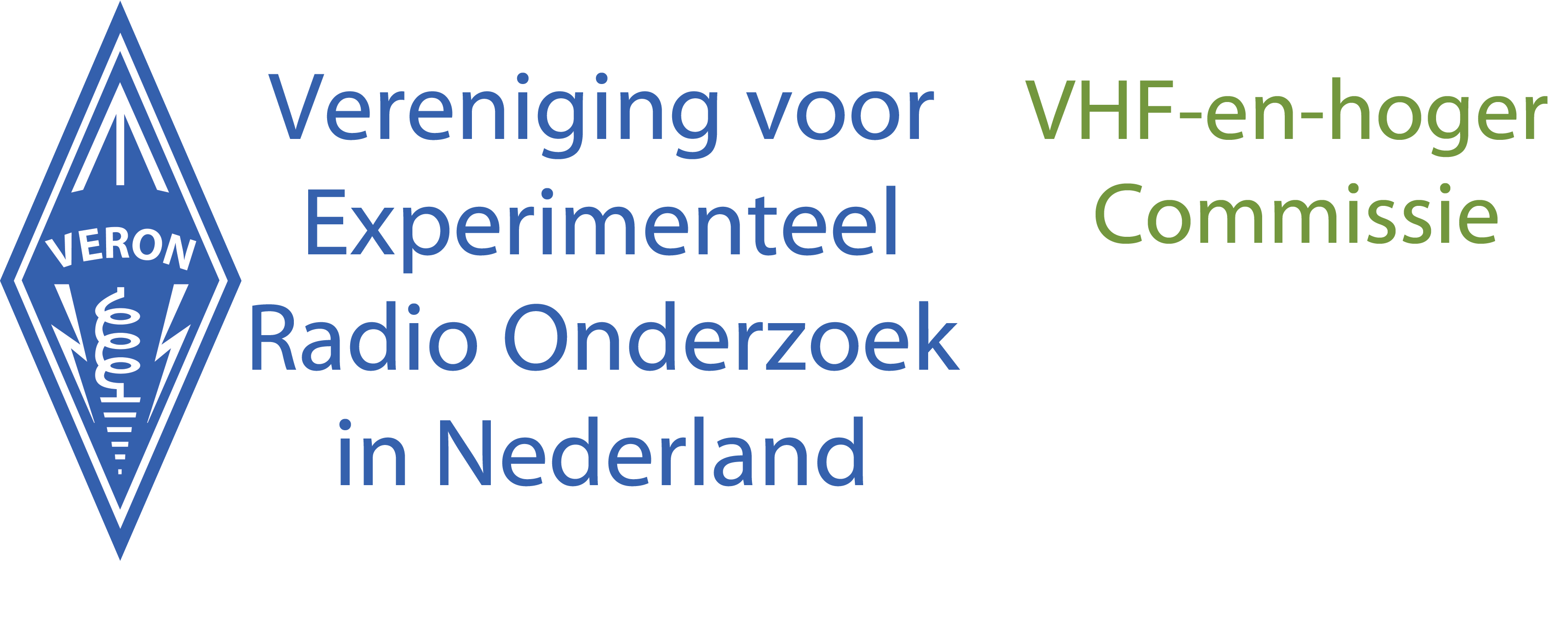ARISS Schoolcontact met Frankrijk op woensdag 4 januari om 11:16 UTC
Op woensdag 4 januari om 11:16 UTC staat weer een ARISS schoolcontact gepland. In de Franse taal dit keer.
Thomas Pesquet, KG5FYG heeft dan direct radiocontact met Collège Mathilde Marthe Faucher, Allassac in Frankrijk.
Het grondstation in de school gebruikt de call van F1IMZ die ook de eerste operator is.
Het downlink signaal op 145,800 MHz moet in heel Europa goed te ontvangen zijn.
Zie hieronder voor de beschrijving van de school en de vragen die door de kinderen gesteld gaan worden.
73’s de Bertus,
PE1KEH
===============================
School information:
Allassac is a French town in the Corrèze department, in the new Aquitaine-Limousin-Poitou-
There are 3.869 inhabitants. It is 20 kilometers north of Brive-la-Gaillarde and 200 km north of Toulouse.
The Mathilde Marthe FAUCHER public middle school currently hosts 400 students in 16 classes.
The students of 6th grade participate to the ARISS project.
Participants will ask as many of the following questions as time allows:
1. Quentin (6eme): Doit-on avoir la citoyenneté française pour devenir spationaute français?
2. Cloé (6eme): Préférez-vous être chez vous ou dans l’espace?
3. Eva (6eme): Est-il important de savoir nager pour devenir spationaute?
4. Emie (6eme): De combien de centimètres avez-vous grandi depuis que vous êtes dans la station?
5. Jason (6eme): A quelle fréquence les spationautes mènent-ils des expériences scientifiques à bord de l’lSS?
6. Clémence (6eme): Est-il physiquement possible de pleurer en apesanteur?
7. Estelle (6eme): Quelle est la plus belle chose que vous avez-vu dans l’espace?
8. Sacha (6eme): Comment lavez-vous vos vêtements?
9. Tanguy (6eme): Quel est le danger que vous redoutez le plus à bord de la station?
10. Kassandra (6eme): Les spationautes peuvent-ils entendre des impacts de météorites sur la station?
11. Louise (6eme): Comment organisez-vous vos soirées?
12. Baptiste (6eme): Est-ce que les spationautes éteignent les lumières la nuit?
13. Younes (6eme): Les spationautes peuvent-ils utiliser leur téléphone mobile dans l’espace?
l4. Vasco (6eme): Comment les astronautes peuvent-ils utiliser twitter ou les réseaux sociaux depuis l’espace?
15. Evan (6eme): Peut-on voir la pollution sur la terre depuis la station?
16. Lucille (6eme): Produisez-vous beaucoup de déchets par jour?
17. Amanda (6eme): Est-ce que les spationautes se sentent seuls à bord de l’lSS?
18. Camille (6eme): Quel est votre plus grand rêve?
l9. Céline (6eme): Comment l’eau parvient-elle à la station?
20. Louanne (6eme): Souhaitez-vous aller sur une autre planète?
21. Kyara (6eme): Quel est le fuseau horaire adopté dans l’espace?
22. Victor (6eme): Les spationautes sont-ils plus stressés lors des sorties dans l’espace?
